Bonsai trees captivate plant enthusiasts, but many bonsai misconceptions and myths surround this art. This article aims to clarify these misunderstandings and explore the true nature of bonsai care.
It’s not about special species or complicated methods—just regular pruning, root trimming, and careful nurturing.
We’ll uncover the reality behind common beliefs about bonsai and show how straightforward and fulfilling it can be to care for these miniature trees.
The Fascination with Bonsai
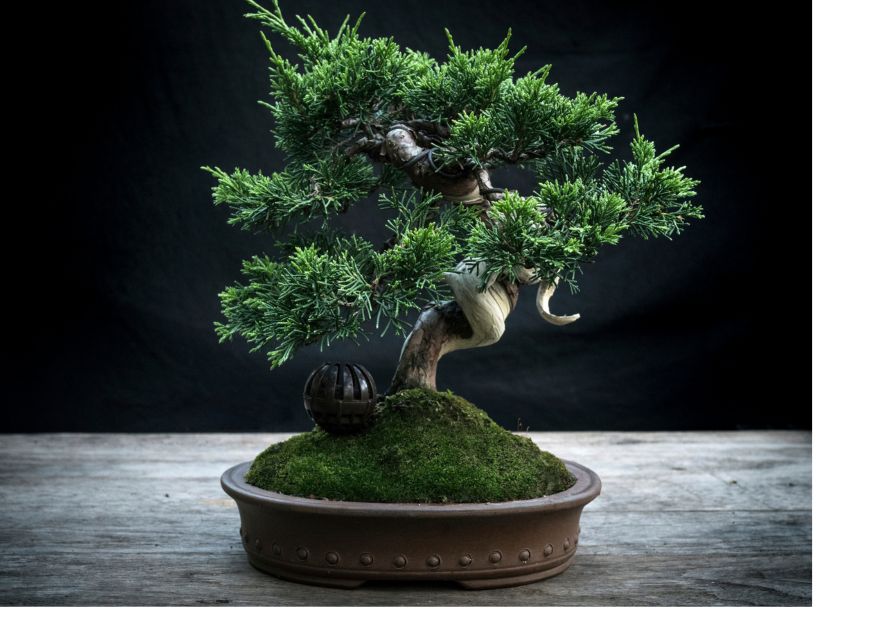
Bonsai began over a thousand years ago in ancient China and was later refined in Japan. Initially, it was a way for monks to bring nature into their temples, symbolizing harmony and patience. This art form eventually spread worldwide, blending natural beauty with human craftsmanship.
In various cultures, bonsai holds significant meaning. In Japan, bonsai represents a deep appreciation for nature and balance, while in China, bonsai (known as “penjing”) represents harmony between man and nature. Today, bonsai is popular for its aesthetic appeal, stress relief, and as a creative outlet.
Still, many people hesitate to cultivate bonsai, fearing it’s too difficult or requires special knowledge. However, with basic care and patience, anyone can enjoy growing a bonsai tree.
Let’s clear up some common bonsai misconceptions and help you start your bonsai journey confidently!
Misconception 1: Bonsai Trees are a Specific Species
FACT: Bonsai is often misunderstood as referring to a specific type of small tree. However, it’s actually an art form and gardening technique that can be applied to various types of trees and shrubs. Bonsai is a technique, not a type of species.
The term “bonsai” originates from Japanese, meaning “planted in a container”. This practice involves carefully cultivating and shaping trees to grow in miniature size while preserving their natural beauty.
For example, trees like junipers, maples, and pines are commonly used in bonsai, each offering distinct appearances and growth patterns that allow for diverse artistic expressions. Importantly, bonsai is not restricted to specific tree species; nearly all types of trees, including those that flower or bear fruit, can be adapted into bonsai. Cherry trees can be cultivated for their delicate blossoms, apple trees for their small fruits, and wisteria for its graceful, cascading flowers.
Misconception 2: Bonsai Trees are Dwarfed by Genetic Engineering
FACT: Bonsai trees are not altered genetically. The small size of bonsai trees is achieved through careful pruning of branches and roots.
Branch pruning helps in shaping the tree’s form, while root pruning restricts the tree’s growth by confining its roots in shallow containers. These practices, along with using specialized bonsai soil, ensure the tree remains small and healthy without genetic modification.
Additionally, there’s a practice known as Yamadori, where bonsai enthusiasts collect wild trees from natural landscapes. These trees, chosen for their unique features like interesting trunks, are trained using similar pruning and root confinement techniques. This method allows for creating bonsai that retain the natural beauty and ruggedness of their wild counterparts while maintaining a small size suitable for bonsai cultivation. Understanding these techniques clarifies that bonsai’s small stature is achieved through cultivation methods, not genetic manipulation.
Misconception 3: Bonsai Trees are Kept Indoors
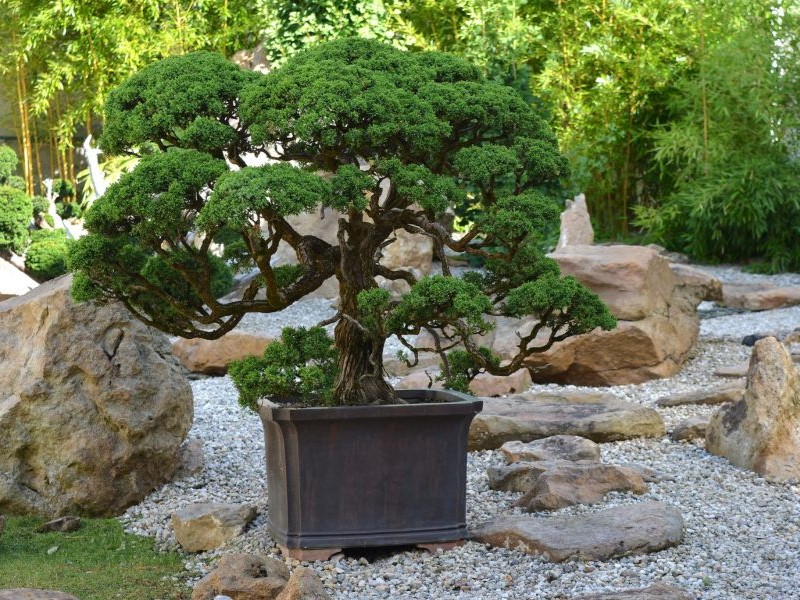
FACT: Bonsai trees thrive best outdoors, contrary to popular belief.
They depend on natural sunlight, air circulation, and seasonal changes for their health and growth. Sunlight is crucial as it provides energy for the tree and helps in the development of its branches and leaves. Outdoor environments also ensure proper air circulation, which reduces the risk of fungal diseases and keeps the bonsai’s respiratory system healthy. Exposure to natural seasonal variations, like temperature changes and rainfall, stimulates the bonsai’s growth cycles and overall vitality.
Care Tips: When placing your bonsai outdoors, choose a spot that balances sunlight exposure with protection from extreme heat or strong winds. It’s essential to regularly check the soil moisture levels and adjust your watering routine to keep the roots adequately hydrated without overwatering. By providing the right outdoor conditions, you support the well-being and longevity of your bonsai, enabling it to thrive naturally.
Misconception 4: Bonsai Trees are High Maintenance and Difficult to Care For
FACT: Bonsai trees are often perceived as high maintenance, requiring intricate care routines. However, while they do demand attention, caring for bonsai can be straightforward with some basic understanding and regular practices.
Watering is crucial—checking the soil regularly and watering when it starts to dry out slightly prevents both overwatering and underwatering. Light is also important; placing your bonsai where it gets indirect sunlight for a few hours daily helps it thrive. Pruning is necessary to maintain its shape and health, encouraging new growth and enhancing its appearance. Feeding with a balanced fertilizer during the growing season ensures it gets the nutrients it needs without being overwhelmed. With these simple steps, caring for a bonsai can be rewarding and manageable
Misconception 5: Bonsai Trees Don’t Live Long
FACT: Bonsai trees, despite their small size, can live for many decades and even centuries when well-maintained. They are not a different species but rather regular trees and shrubs that are carefully cultivated and pruned to stay miniature.
There are numerous instances worldwide that demonstrate the long lifespan of bonsai trees. In Japan, the “Ficus retusa” bonsai has thrived for over 500 years, meticulously cared for across generations. Another notable example is the Japanese white pine bonsai that survived the Hiroshima atomic bombing in 1945 and now thrives at Washington, D.C.’s National Bonsai & Penjing Museum. These cases illustrate bonsai trees’ enduring beauty and resilience under careful cultivation and environmental conditions.
Misconception 6: Bonsai Trees Need Special Soil and Water
FACT: Bonsai soil mix and watering are important, but they are simpler than commonly believed.
Soil and Watering Tips: For soil, use a well-draining mixture of akadama, pumice, and lava rock. This helps balance moisture retention and aeration. Water deeply when the top inch of soil feels dry, ensuring water reaches the roots without waterlogging. Adjust watering frequency based on climate and tree species, keeping in mind that bonsai trees in smaller pots may need more frequent watering. By using the right soil mix and maintaining a consistent watering schedule, you can effectively care for your bonsai tree.
Misconception 7: Bonsai Trees are Expensive and Exclusive
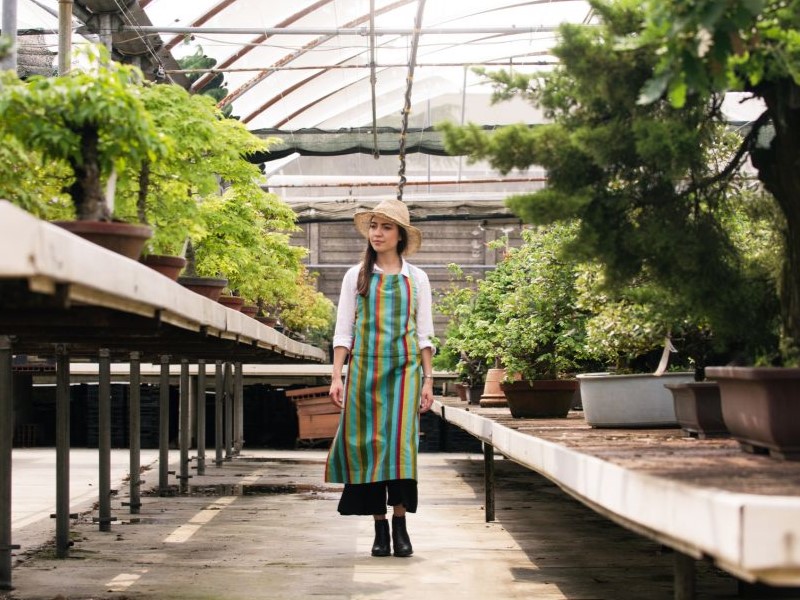
FACT: Bonsai trees are available at a wide range of prices, accommodating various budgets and interests. They are not exclusively high-end items but can be affordable for beginners or those looking to start small.
Bonsai prices vary based on factors like tree species, age, size, and the craftsmanship involved. Beginners can find reasonably priced starter plants that offer an entry into bonsai without a significant financial commitment. These young trees, often available at local nurseries or online, allow beginners to learn and grow in the hobby without breaking the bank.
For enthusiasts seeking more advanced bonsai, prices can rise, especially for older trees that have been meticulously shaped and cared for over many years. These higher-priced bonsai reflect the skill and dedication of the artists who cultivate them, often becoming prized pieces in collections or exhibits.
Related Post: Where to Find the Best Bonsai Trees for Sale?
Conclusion
Bonsai trees are captivating and accessible to anyone interested in gardening and patience. Correcting bonsai misconceptions, such as its difficulty or exclusivity, reveals a fulfilling and manageable hobby. Whether you’re new to bonsai or already a fan, starting with basic care and exploring different tree types can lead to a satisfying experience of learning and creativity.
If you’re curious about bonsai or have more questions about getting started, feel free to reach out. We’re here to assist you in beginning your bonsai adventure confidently and joyfully!


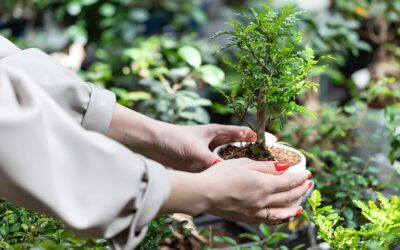
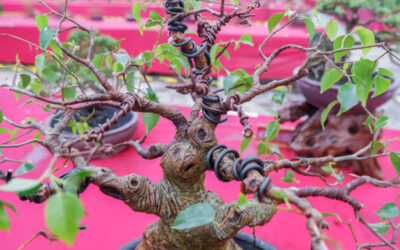
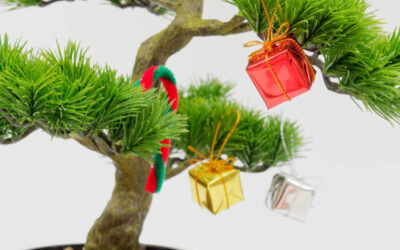
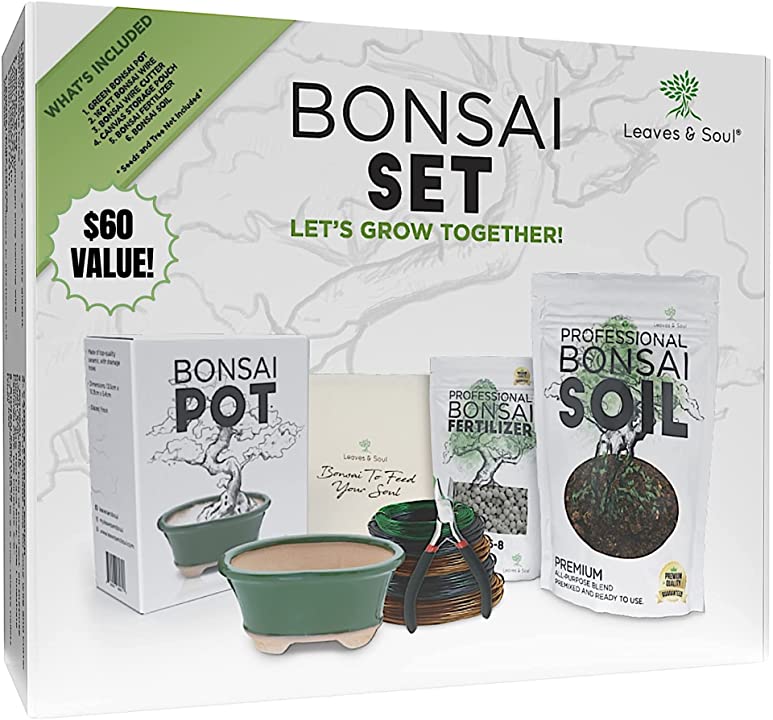
0 Comments